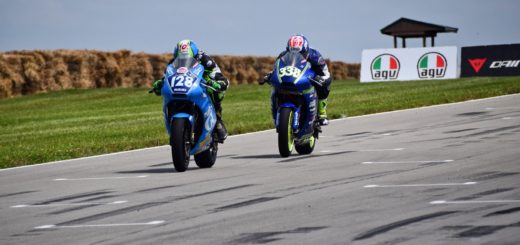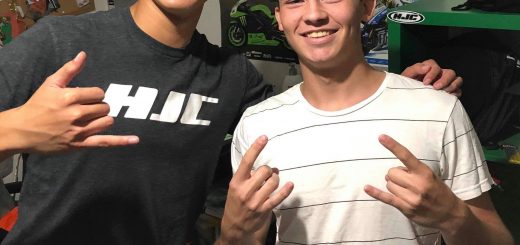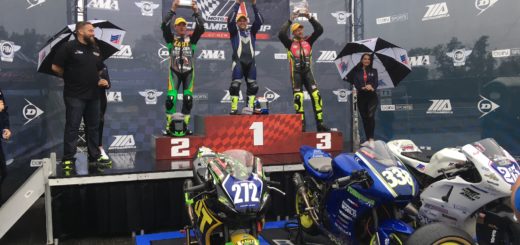MotoAmerica Twins 2023 – Part 1 – Where did the SV/ER/797 go?
This post has already been read 2221 times!
Once again, it’s Aprilia versus Yamaha, but what about the others?
Here we are six races into the 2023 season and after an eventful round 3 at Barber, things are ramping up in the twins cup class. Blake Davis is leading the championship with 87 points; followed by Gus Rodio and Hayden Schultz with 85 points, Rocco Landers with 75 points, and Jackson Blackmon with 67 points. With 8 races and 200 points left up for grabs, the championship is still wide open. So far, it has been a repeat of 2022 with the Yamaha R7 and the Aprilia RS660 being the weapons of choice. So where is the first non-Yamaha/Aprilia in the standings? That would be Ryan Wolfe on a Suzuki SV650 in 24th place with two points. After three consecutive championships for the SV650, the bike has been all but excluded on the entry sheets with only two or three showing up at a round. And what about the Kawasaki? The Ninja 650/ER650 has been a staple of lightweight racing in the UK but has never had a substantial following in the US. Why is that? Lastly, the Ducati 800. The air-cooled Monster was a championship contender in 2019 with Michael Barnes, but since then has faded away. So why haven’t we seen a championship effort put in by teams on other equipment Let’s break it down by bike:
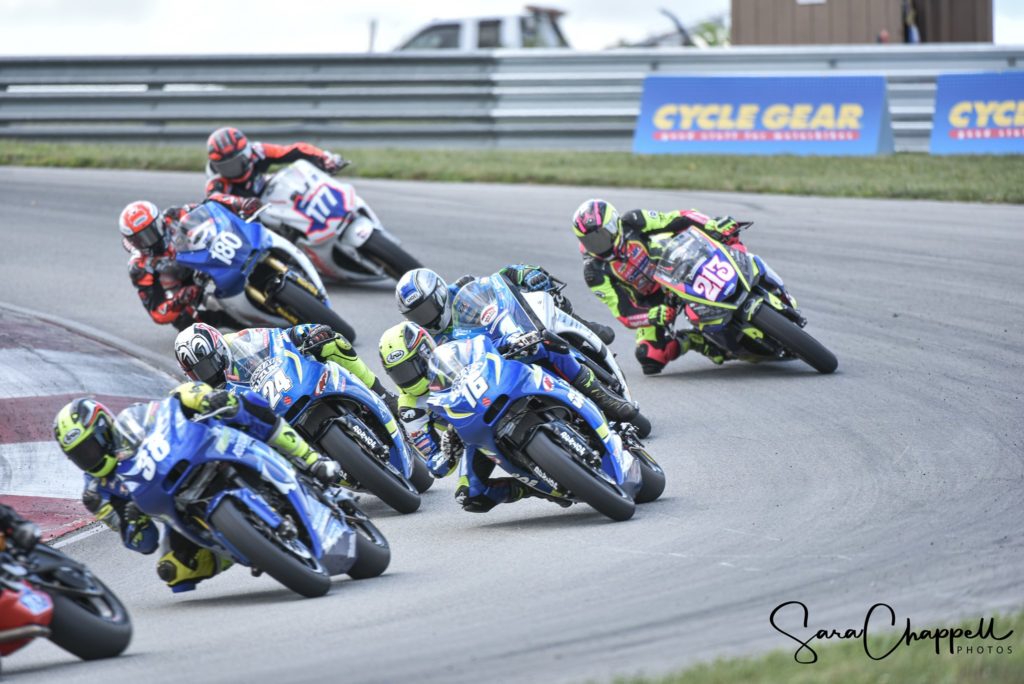
The Suzuki SV650
Where have they gone? Well, for starters, Suzuki contingency went away. For years, Suzuki had the best contingency program out there and they paid well for podiums on their entire GSXR line and the SV. The lack of contingency by a manufacturer definitely influences brand choice when a racer decides on a bike. What else? Well, after 2020, development pretty much stopped. Team Hammer offered support for customer bikes but the push for more performance pretty much stopped as their team effort in twins cup went away. Also, after 2020, Robem Engineering switched from the SV650 to the new Aprilia RS660. Any efforts by Robem to advance the SV650 literally ceased overnight. Also, the SV650 is getting old. It is the same basic design since 1999. Power has gone up with updates in 2003 and 2017 but so has the weight. The current SV650 is a porker with a steel tubular frame and an attached subframe that takes a serious effort to shed pounds. Through the years the engine has been updated but to be honest, a superbike 1999 SV650 engine can make the same power as a 2023 SV650 engine.
The Kawasaki 650
Kawasaki offers a healthy contingency program and the engine has been highly developed in US flat track and in road racing in the UK, but the bike never gained momentum in US road racing. There have been 2 or 3 small efforts to race the bike in Moto America but nothing serious. The bike was first introduced in 2006. In superstock trim it didn’t have the HP to compete with the SV650 but the bike was more than capable of holding its own in superbike trim. In 2017, Kawasaki redesigned the Ninja 650 and the results were less than stellar. The newer bike makes less power, is equipped with smaller throttle bodies, smaller valves, and the frame has been drastically changed which resulted in a weaker and more flexible chassis. One thing you must remember is Moto America is very specific about running homologated parts for your year motorcycle. You cannot run an older engine in a newer frame or use the older throttle bodies and head on the newer cases. It is not allowed. So, in order to be legal for Twins Cup and be eligible for Kawasaki contingency you must run a current spec homologated model less than 2 years old, and in doing so the bike is at a serious performance disadvantage. What hasn’t changed? Kawasaki’s lack of involvement in US road racing is the major reason why this bike isn’t raced in the US. The old regime at AMA Pro Racing took a giant shit on Kawasaki and they have not forgotten it.
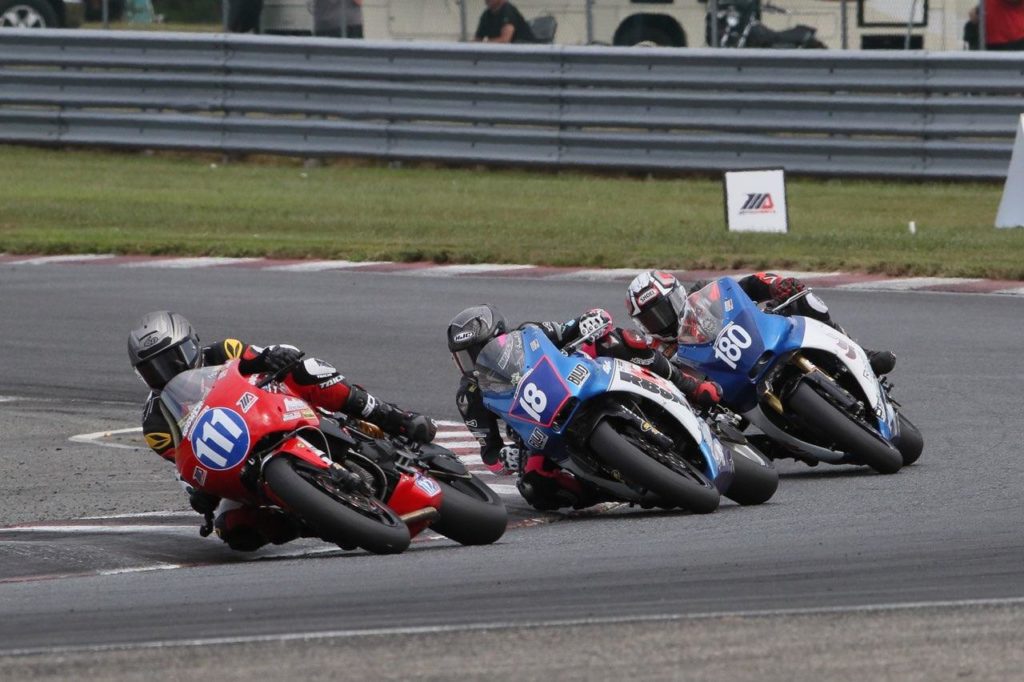
The Ducati Monster 797
In 2019, Bob Robbins and his fellow Ducati enthusiasts put together a program and got the Ducati 797 homologated with Michael Barnes at the controls. Heroic riding by Barnes produced fantastic results, but the air cooled 2 valve Ducati was at a serious disadvantage. It was heavy, its air/oil cooled engine could not handle high compression on the spec fuel, and the MA regulation requiring stock size valves limited the power that could be safely squeezed out of the bike. The team did a great job but the bike definitely was not the killer that everyone thought it would be.
We have covered three of the five bikes homologated for Twins Cup and why these bikes are not a popular choice. In part 2, we will cover the Yamaha R7/MT-07 and the Aprilia RS660. We’ll look at the pros and cons of each bike and come to a conclusion on why these bikes dominate the grid. Stay tuned…
This post has already been read 2221 times!

